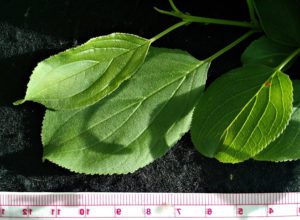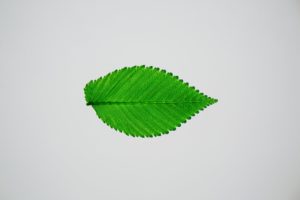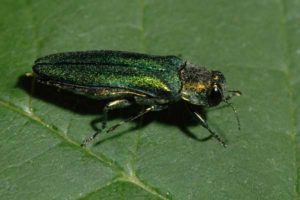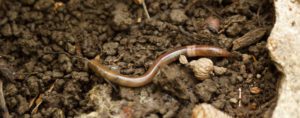New Plant Watering Guide
It is no secret that proper watering is THE BEST thing you can do to ensure the long-term health and beauty of your new plants. But what does ‘proper’ watering mean? Unfortunately, proper watering is not an exact science. Factors such as soil type, plant variety, and current weather conditions should all factor into a watering program. And to complicate things even more, too much water looks the same as not enough. Continue reading to learn the in’s and out’s of proper watering.
Quick Watering Tips:
- Prioritize Containers and New plants. Established trees and plants are much more drought tolerant than newly planted or container plants.
- Each plant has unique needs but these general guidelines should lead help you find success in watering your new plants:
- Trees get 20 gallons per week.
- Shrubs get 5 gallons per week.
- Perennials get 2 gallons per week.
- Additional watering resources can be found at the University of MN Extension.
When to water?
If we could see beneath the soil, we’d be able to tell exactly when to water our plants. Unfortunately this isn’t the case. So, we have to rely on other methods to tell when to water your plants.
Method 1 – Check the soil
The best method is to check the soil at the base of the plant. Insert your finger or a gardening tool 3-4 inches into the soil. Is it dry? If so, your plant needs water. This method will give you the most accurate picture of your plants water needs. It ensures that you are giving your plants water at the right time.
The ultimate goal is to have the holding capacity of the soil around the plant between 50% and 100% full. Your soil type will determine how quickly it dries out. Sandy soil will drain faster and need water more frequently. Heavy clay soil can hold water for long periods of time.
Method 2 – Listen to your plants
This is a risky method that we do not generally recommend. But sometimes it’s not always possible to manually check your soil. In this scenario, listen to your plants. If your plants begin to wilt or look sluggish, they are telling you they need water more frequently. Some plants, such as hydrangeas, will tell you first.
Keep in mind, over watering looks the same as underwatering. If your plants look wilted even after a drink, it’s likely that they are over watered. Let the soil dry out before watering again.
Every garden is different. Based on what you observe, you will be able to determine how frequently your plants need watered. Always consider soil type, plant variety, and weather patterns when watering your plants. Below are some basic guidelines to follow. Your plant requirements may be different.
Watering Frequency
Trees
7-10 Days
Shrubs
3-5 Days
Perennials/Annuals
1-3 Days
How much water?
Now that you have determined how often your plants need water, we need to know HOW MUCH water. Luckily, this isn’t as complicated as determining frequency. It is hard to water too much, so long as you aren’t watering too often. Think of the amount of water as a weekly total. Divide the weekly total by the number of times you water in that week and you’ve got a recipe for success.
Weekly Water Totals
Trees
15-25 Gallons
Shrubs
2-5 Gallons
Perennials/Annuals
1-2 Gallons
Watering Techniques
Slow and Steady
Put you hose on a steady trickle (or better yet, use a soaker nozzle). Watering too quickly causes runoff and does not water deeply. The goal is to let water soak deep into the soil at the base of the plant.
Mulch
Mulch adds several benefits to your new plants. Adding a 3″ layer of mulch around new plants eliminates competition from turf grass and helps soil retain moisture. It also helps control weeds, insulates the soil during temperature extremes, and improves soil quality.
Irrigation Systems
Sprinkler systems are designed for your lawn, not new plants. They often do not contribute a meaningful amount of water. In fact, they can even harm new plants by promoting fungal and bacterial growth. Do your best to keep the foliage of new plants dry and only water directly at the base. The exception to this rule is drip irrigation which is specifically designed to deliver the right amount of water directly to the plant.
If you have additional watering questions, you can always contact us here.
Learn Something? Share it with your friends!






